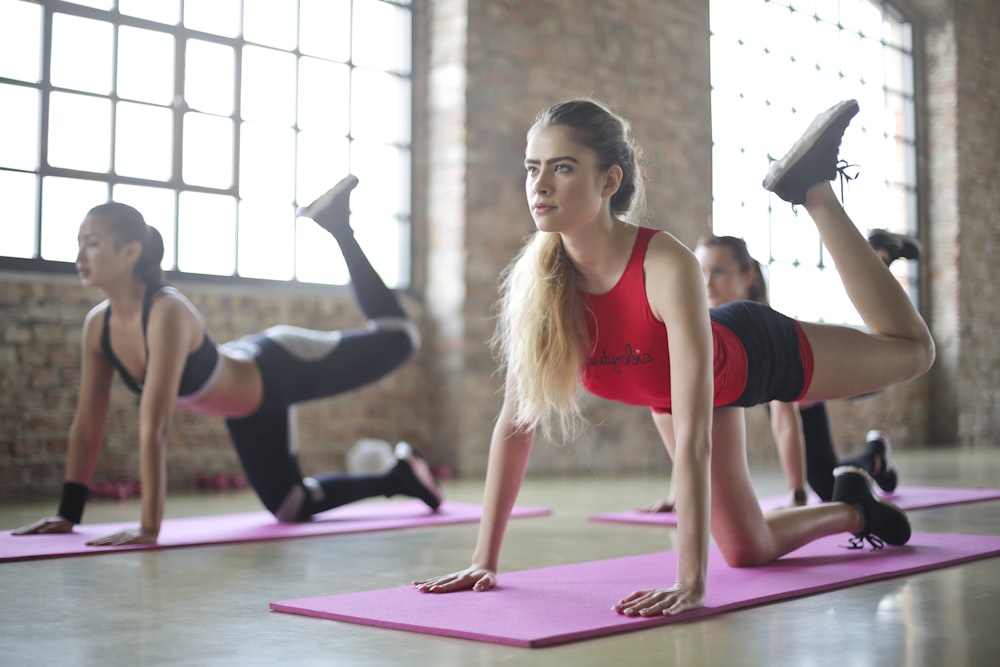Improve Balance Essential Exercises to Incorporate
Enhance Stability: Balance Exercises for Fitness
Introduction
Achieving a well-rounded fitness routine goes beyond just strength and cardio. Incorporating balance exercises is crucial for enhancing stability, coordination, and overall functional fitness. Let’s delve into the importance of balance training and explore effective exercises to improve stability.
The Importance of Balance Training
Balance is a fundamental aspect of physical fitness that often gets overlooked. It plays a significant role in daily activities, sports performance, and injury prevention. By incorporating balance exercises into your workout regimen, you can enhance proprioception, strengthen stabilizing muscles, and improve overall body control.
Core Stability: The Foundation of Balance
A strong core is essential for maintaining balance and stability. Core stability exercises, such as plank variations, Russian twists, and bird-dog exercises, target the deep abdominal muscles and lower back, improving your ability to stabilize your body during movements.
Single-Leg Exercises for Balance
Single-leg exercises are excellent for improving balance and coordination. Incorporate exercises like single-leg squats, lunges, and standing leg lifts into your routine to challenge stability and strengthen muscles in the legs, hips, and core.
Balance Boards and Stability Equipment
Utilizing balance boards, stability balls, and wobble cushions can add a dynamic element to your balance training. These tools create an unstable surface, forcing your muscles to engage and adapt to maintain balance, thereby enhancing proprioception and core strength.
Functional Movements for Real-Life Balance
Incorporate functional movements that mimic daily activities to improve real-life balance. Exercises like walking lunges, side lunges, and step-ups not only challenge balance but also enhance overall coordination and stability in everyday movements.
Mindful Movement and Balance
Mindfulness plays a key role in balance training. Focus on proper alignment, controlled movements, and mindful breathing during balance exercises to enhance body awareness, concentration, and stability.
Progressive Balance Challenges
As you improve your balance and stability, progressively increase the difficulty of exercises. Try adding instability by closing your eyes during balance exercises or incorporating dynamic movements like reaching or twisting while balancing on one leg.
Balance and Agility Training
Incorporating agility drills, such as ladder drills, cone drills, and agility ladder exercises, can further enhance balance, coordination, and quickness. These drills challenge your ability to change directions rapidly while maintaining balance and control.
Balance in Functional Fitness Classes
Consider joining functional fitness classes that integrate balance exercises into their routines. Classes like yoga, Pilates, and Tai Chi focus on balance, flexibility, and core strength, providing a holistic approach to improving stability and overall fitness.
Consistency and Progression in Balance Training
Consistency is key in balance training. Aim to include balance exercises in your workouts at least 2-3 times per week, gradually increasing intensity and complexity as you build strength and confidence in your balance abilities.
Conclusion
Incorporating balance exercises into your fitness routine is essential for improving stability, coordination, and overall functional fitness. By focusing on core stability, single-leg exercises, mindful movement, and progressive challenges, you can enhance your balance skills and support injury prevention while enhancing your overall fitness journey. Read more about








